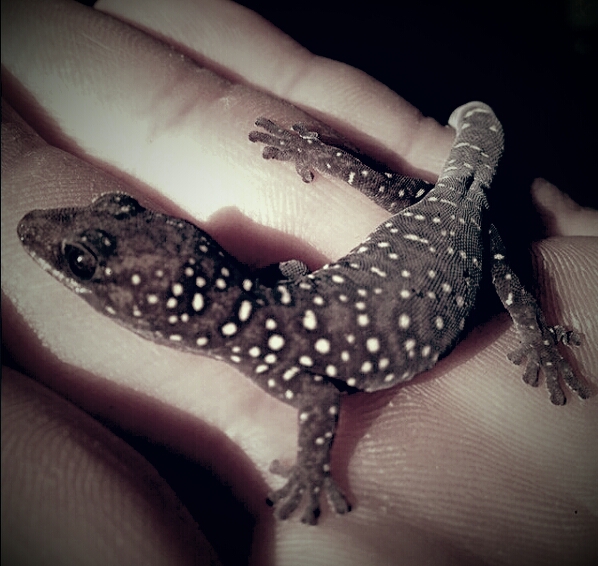Biodiversity encompasses every living thing, its habitats and cycles. It exists everywhere, including in our own gardens.
Take for example, Butterflies. Butterflies are beautiful, have interesting life cycles and adaptations that are fascinating. They are an indicator of a healthy environment and provide food for native birds.
Creating a butterfly and caterpillar garden with children sounds like a delightful way to connect with nature and learn about our connection to all living things. My goal at this time is to make it more than a one-off experience and build it into a program where sustainable practises are already a priority.
Local Knowledge
On the east coast, there are various councils supplying information and guidance for being Green and preserving our unique and diverse flora and fauna. According to Brisbane City Council, almost 40% of the 2500 native wild life species in the area are considered to be in danger. They have a bold plan for Brisbanes’s sustainability. This plan identifies the steps that the city will take to ensure a sustainable, resilient city.
Brisbane is source of 81 different ecosystems and 2500 animal species. Then there is Moreton Bay which is home for whales, dugong and many species of marine life. This makes us incredibly diverse and our biodiveristy more than worth protecting.
Acting locally and within the home, while thinking globally to protect nature and our natural resources is a collaborative approach that could and should be taken to ensure a sustainable future for all living things.
A responsibility is given to Early Childhood Educators to ensure children are learning about nature and animals, our interdependence and connection to earth and all living things.
We have a role of teaching children to understand, conserve and appreciate nature and our impact upon it, so as to become protectors of it.
Teaching children about reducing our carbon footprint with activities to reduce, reuse and recycle is embedded in childrens learning program. This is in addition to encouraging plenty of outdoor play and ample use of natural, age appropriate resources.
There are some local tools that are great for teaching young children about biodiversity, sustainability and nature. Cool Australia has an amazing partnership with Blue the Film to inform and educate people of the essential task we all face right now to protect the remaining 60% of marine life left to the earth.
I was very excited to discover the Nature Play QLD Passports for the children to engage with in my letter box today! This innovative program is all about encouraging children’s play in Nature. Moreton Council also shares in responsibility, both Councils provide awesome resources on their website and encourage community involvement across all levels.
Butterfly Biodiversity and Resources
Community Workshops
Becoming a nature ninja is easy when someone has done all the thinking already! My challenge is in developing my own knowledge and skills and the perfect opportunity to be a complete garden geek is here.
Butterfly expert and author, Helen Schwencke, delivers a workshop at Nundah Library about how to attract native butterflies and how to attract the caterpillars that eventually produce more. Her shared knowledge and observations show how anyone can do their bit, even in a grey urban space, to support ecosystems and encourage biodiversity. She has listed the 10 Top native plants for 32 Butterflies in SE QLD. What a handy list for planning an beautiful butterfly garden.
Local Council
Moreton Council have collated our gorgeous array of butteflies. They have published this wonderful butterfly information here. Here on the southeast coast of Queensland, with Moreton Bay on our doorstep we must continue to protect nature and habitats to ensure they continue to exist for our children.
Traditional Knowledge
This is Turrbal land and I will seek out friends in the community who can advise me on tribal interests. I will seek stories, knowledge and connections with aboriginal people and Elders in our community.
Local Nurseries
I am going to need some seed and plant advice for 100% child safe plants so I will be contacting some local nurseries too. The local community gardens are calling my name.
Online Resources
With handy growing websites such as this one by Yeats, we are well on our way. There are numerous information websites. Now get outside and Do!
Family Knowledge and Expertise
Perhaps the greatest resource of all is in the people and families who also have a vested interest in protecting and caring the environment for their children.
My (Dream) Project
I am planning to create Butterfly Kits for my project, and use intentional teaching, stories and activities to encourage childrens learning, connection and daily experience with nature. Children love exploring butterflies, bugs, caterpillars.
Ideally, I would love plant and nurture a butterfly garden with the children and include a space for a yarning circle for children to relax, meditate, listen to stories, engage in role play, nurture nature and Be. ALL of this contributes to children experiencing a strong sense of wellbeing and belonging.
Children develop skills and competence as they navigate and explore nature. Nature Play builds confidence, resilience and a sense of belonging and connection. This strengthens childrens knowledge of who they are and what they can do. Sorting, categorising, interacting with nature develops higher order thinking skills that enable children to problem solve and think creatively. Nature play and Sustainable practises develop skills that children carry forward.
I intend to make this project recycle friendly, from donated or reusable materials to resources sourced from councils and nature friendly organsiations. The project will involve collaborating with staff, children, families and community. I will add feedback, tools and ideas as we progress.
Current Resource List
- Butterflies brochure by Moreton Bay Council
- Workshop by Helen Schwencke @ Nundah Library
- Brisbane City Council – Clean, Green and Sustainable
- 10 Plants for 32 Butterflies – By earthling enterprises
- Nature Play QLD Passports
- The Turrbal People – the Traditional Owners of this land
- Kumbartcho – Envrionmental Centre and Community Garden (BCC)
- Blue the Film
- Cool Australia.org – education and resources

